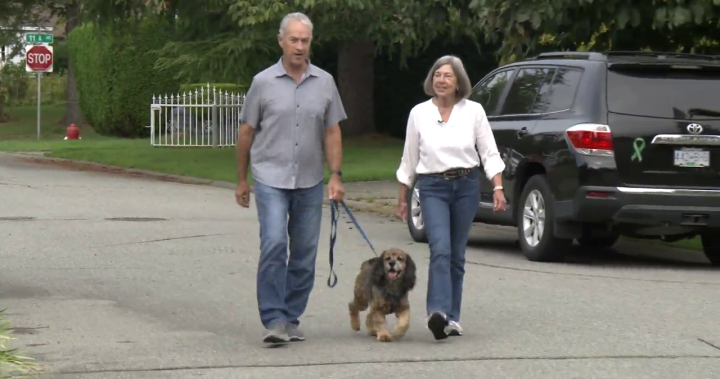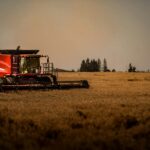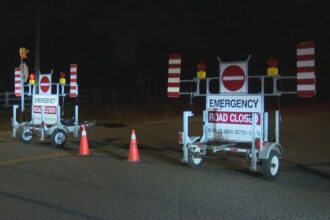In Toronto’s leafy Rosedale neighborhood last week, Sarah Mitchell found herself face-to-face with an unleashed Rottweiler while jogging through a park. “It came charging toward me, barking aggressively,” Mitchell recalled. “I completely froze, not knowing whether to run or stand my ground.” This increasingly common scenario highlights a critical public safety concern that many Canadians are unprepared to handle: encountering loose or aggressive animals in urban and suburban settings.
Recent data from the Canadian Veterinary Medical Association shows animal-related incidents have increased 23% nationwide over the past three years, with more than 6,000 serious injuries requiring medical attention. As urban wildlife interactions grow and pet ownership reaches record highs, understanding proper response protocols has become essential for public safety.
“The first and most important rule is to remain calm,” explains Dr. Amelia Wong, veterinary behaviorist at the Toronto Animal Behavior Institute. “Animals, especially dogs, can sense fear and anxiety, which may escalate their aggressive behavior.” Wong recommends avoiding direct eye contact with aggressive animals, as many species interpret this as a challenge or threat.
If approached by an aggressive dog, animal control experts advise standing still, keeping your hands at your sides, and avoiding sudden movements. “Turn slightly to the side rather than facing the animal directly,” advises Michael Chen, senior animal control officer with the Toronto Animal Services. “This posture appears less threatening to most canines.”
For those encountering wildlife such as coyotes or foxes, which have become increasingly common in Canadian suburban areas, the strategy differs slightly. Wildlife biologist Dr. James Harrison recommends making yourself appear larger by raising your arms and making loud noises. “Most wildlife, even when appearing aggressive, would prefer to avoid human contact if given the opportunity to retreat,” Harrison told CO24 News.
The rise in delivery services has created another dimension to this issue. Nearly 40% of Canada Post carriers reported animal-related safety concerns in a 2023 internal survey. “Mail carriers and food delivery personnel are particularly vulnerable,” notes workplace safety expert Sonia Patel. “They often have no prior warning about potentially dangerous animals at a residence.”
If you’re bitten or injured by an animal, seeking immediate medical attention is crucial, even for seemingly minor wounds. “Animal bites carry a high risk of infection,” warns Dr. Thomas Lee, emergency physician at Toronto General Hospital. “Approximately 18% of untreated dog bites develop infections that can become serious without proper medical care.”
Reporting incidents to local animal control authorities is equally important. “Each report helps us identify potential problem animals and owners who may not be following leash laws or properly containing their pets,” explains Chen. These reports contribute to a safer community for everyone, as authorities can intervene before more serious incidents occur.
For pet owners, responsibility begins with proper training, socialization, and containment. “Invisible fences may contain some dogs, but they don’t prevent other animals or people from approaching your property,” cautions professional dog trainer Rebecca Johnson. “Physical barriers and supervision remain the gold standard for pet containment.”
The financial implications of loose animal incidents extend beyond medical costs. The Canadian Insurance Bureau reports that homeowner liability claims related to dog bites average $49,000 per incident, and many policies now specifically exclude certain breeds or require additional coverage.
As urban wildlife corridors shrink and pet ownership continues to grow across Canada, our collective ability to safely navigate animal encounters becomes increasingly important. The question remains: are we adequately preparing ourselves and our communities for the reality of sharing our spaces with animals that may occasionally pose safety risks?














